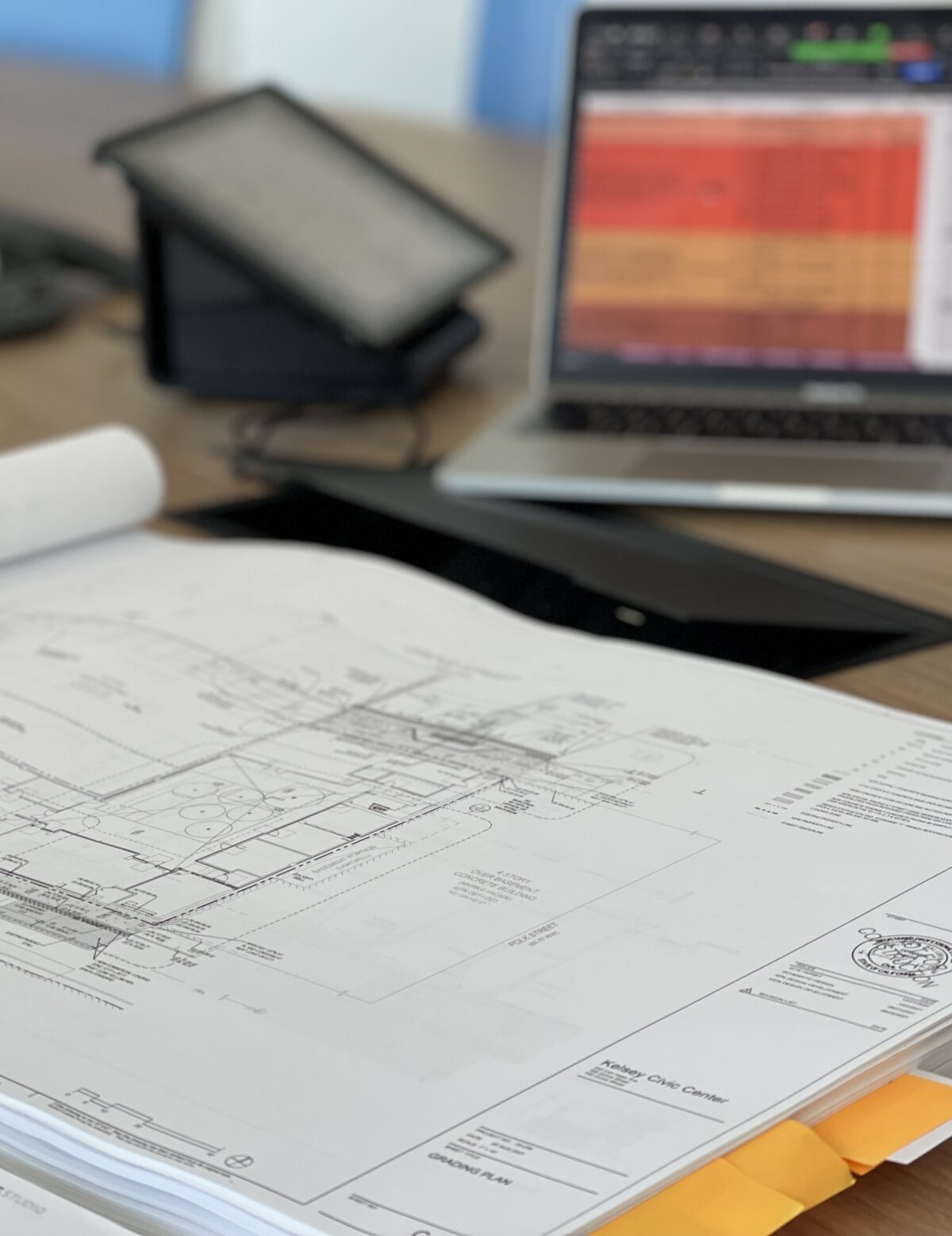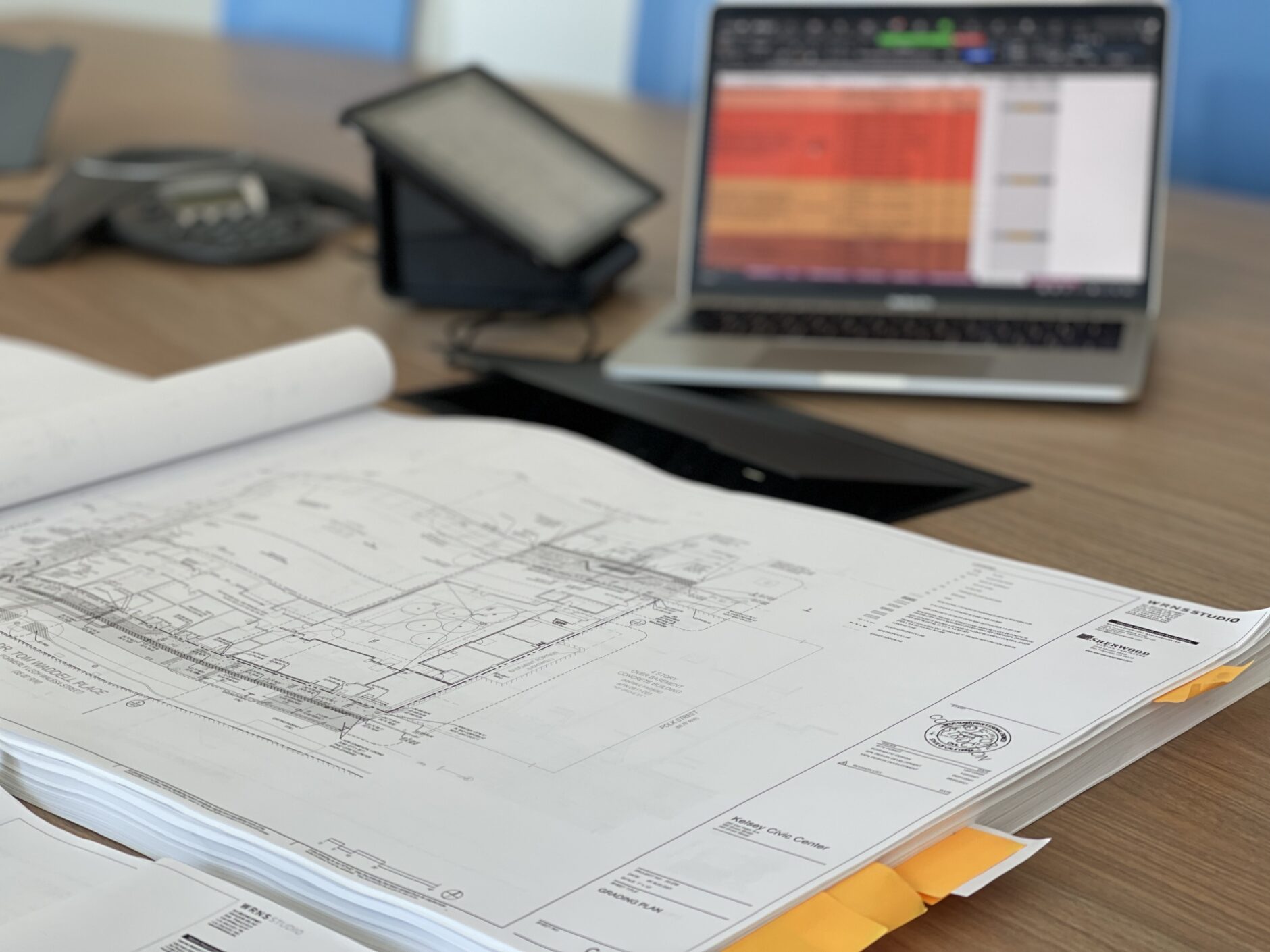Introduction
Whether a developer has an existing affordable housing project or is conceptualizing their next, designing a resident-centered experience that considers the whole person is becoming increasingly important. At The Kelsey, we believe developers can excel at this by:
- Supplementing their designs with disability-forward practices
- Infusing the resident experience with inclusive services
- Consistently creating partnerships with each person who walks through the front door
To further these goals, this article demonstrates how developers and affordable housing operators can better understand Home and Community Based Services (HCBS), which undoubtedly cultivates a well-rounded, supportive, and affirmative experience for every resident in the place they call home.
What is HCBS?
HCBS is a federally funded waiver program, through Medicaid, available to low-income households that need additional support at home to live outside a nursing home, hospital, or other institution. This waiver funds each state’s program that helps pay for services that include and are not limited to:
- Home health care
- Personal care
- Transportation guidance
- Food preparation
- Case management
- Cleaning services
- Budgeting support
Through this flexibility, recipients forge their own path to living in a home and community of their choice. From a developer and property management perspective, it is important to understand that residents can bring these services with them to their new homes, which will influence site operations.
Factoring Support Services during Design
At The Kelsey, we find that prioritizing anticipated needs of residents builds potential for all to thrive. Whether considering the height of a lightswitch or the width of doorways, these details add up to a positive resident experience. For example, service providers through the HCBS program will enter and exit a property multiple times a day, whether to help a resident acquire basic needs, assist a resident transporting to work, or simply for a break. With disability-forward values in mind, developers can plan ahead and incorporate accommodations for these services that will also benefit site staff. One idea is to create “drop-in spaces” or “wellness rooms” amongst community areas for residents, in-home support services, and site staff. These extra rooms can be used as meeting space for staff, a place for resident peer groups, or serve as a break room for service providers. In our experience, these can be integrated into additional spaces on resident floors that are not big enough to function as a unit. This highlights how design and planning can be person-centered, which will complement inclusive site-based resident services.
Inclusive Support Services
Inclusive resident services are an opportunity to support residents at the site level, as outlined in Section 4.6.1 of the Inclusive Design Standards. Inclusion Supports and Services Personnel are trained and dedicated to bridge the gap between any resident and the surrounding community, such as partnering with local agencies to alleviate food insecurity, or initiate the HCBS process for an individual. Budgeting for service coordination gives property managers and owners the confidence that all residents – any age, any disability status, or current connections with in-home support service providers – will be able to connect to the services needed in order to live independently, safely, and with the appropriate level of care. Under the Supreme Court landmark decision referred to as Olmstead, states are required to provide services to people with disabilities in the most integrated setting as possible; meaning that regardless of where your residents call home, an on-staff resident services coordinator will be able to connect them with the government-funded services needed to live in community-based housing, like an affordable housing project.
In addition to being connectors to services, Inclusion Supports and Services Personnel foster a sense of community and interconnectedness amongst all residents, service providers, and community members, by hosting community events. These in tandem invoke a joyful environment for everyone to experience and connect residents with one-another. When a community is formed between residents with and without disabilities, opportunities arise such as informal support connections, and even the potential for residents to connect with formal support service providers that already live within their community. For example, a resident with disabilities may be looking for additional support with food preparation, and meets a fellow resident that is a full-time caretaker for their children, but has 10 hours a week to spare for employment; through self-directed services funded by HCBS, the resident with disabilities can hire their neighbor to assist with food preparation. Community connection can both provide the neighbor with extra income and the resident with disabilities the close-to-home support they need.
Looking Forward
With all this in mind, how can HCBS services be understood and utilized to ensure housing success when the building is fully operational? Through thoughtfully designed resident services programs, like The Kelsey’s Inclusion Concierge model, project staff can support individuals seeking self-directed care, an increasingly common form of HCBS waivers. Although currently Medicaid only funds room and board in institutional settings (hospitals, skilled nursing facilities, etc.), developers of affordable housing should be aware of emerging exceptions. Developers can explore using Medicaid dollars in the following ways: rent payments for live-in support staff, stocking of on site food pantries, and short term rental assistance through the Money Follows People supplemental service program. These funds are not available to every individual or instance, but they do pose the question of “what if?”
What if affordable housing projects can leverage Medicaid funding to create stable homes for people who might otherwise be in institutions? What if harnessing Medicaid funding could alleviate worry that affordable housing projects don’t offer the appropriate level of services that residents need? What if property managers and developers participate in these discussions as an opportunity to enable future residents to live securely? What if harnessing HCBS and Medicaid-based waivers could provide housing stability for the resident and a consistent income stream for rent payments? In partnership with people with disabilities, the affordable housing industry can play an important role in understanding, advocating for, and leveraging Medicaid programs such as HCBS. This will help create better outcomes for all affordable housing residents, especially to the most vulnerable.

